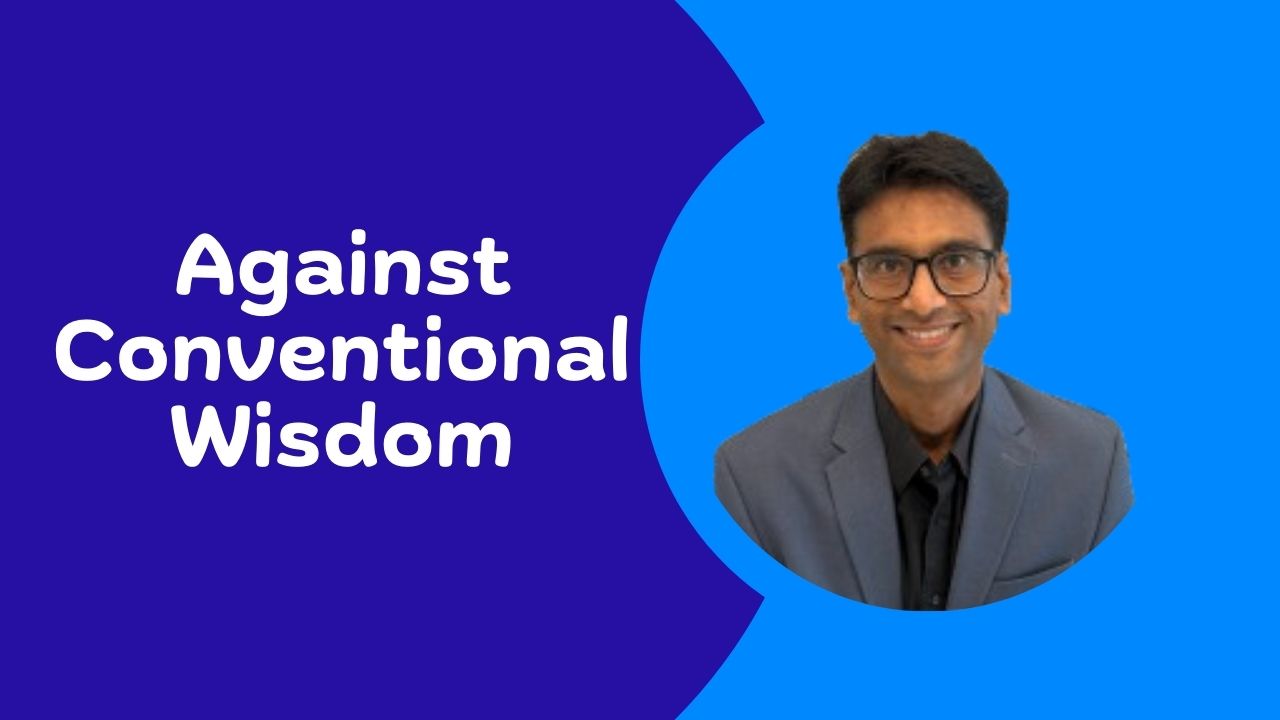
We live in a world with accelerating pace of change. For all us leaders, this accelerating change comes with the necessity to respond to these changes in a coherent, strategic and urgent ways.
This translates into starting and leading change initiatives within our teams. So much so that there is change fatigue that has started to set in. This fatigue often leads to resistance to change.
There are many other reasons for the resistance to change. Tired leaders who forget to involve the teams in their thinking about the “Why”, “What” and the “How” of the change initiatives.
Tired communications which are a result of not using the right tools, the right language or the right frequency that is needed for everyone to understand the relevance and the importance of the change initiative.
Tired people which are a result of poorly designed and led and failed change initiatives. Initiatives that doesn’t help them do their work better but create more challenges for them to overcome or are unclear about how the initiative is relevant for them and what role are they to play in the initiative’s success.
Whatever be the case, we see in a lot of organisations there is a lot of resistance to change. The question then is how to overcome this resistance so that the initiative has a good chance to succeed.
Here is an equation that I think sums this up nicely:
(V x F) ^ D > R, where
D —> Dissatisfaction With the Current Situation
V —> Vision (Clear) for a better future
F —> Clearly defined next steps
R —> Resistance to change
This necessarily means that there are three key components that we can play with to overcome the resistance to change.
Dissatisfaction with the current situation:
Typically, leaders use the metaphor of a burning platform to bring people together and to address the resistance to change, assuming that if it is a matter of survival, people will overcome their own resistance to change. However, when overused, it loses its effectiveness as a strategy both in the short and long term.
Instead, as leaders, we can come up with creative ways of making the status quo dissatisfying. We can use policies, processes, systems or the organisational culture to subtly but clearly increase the dissatisfaction with the status quo.
When our teams are dissatisfied with the status quo, they are like a fertile soil, we have a good probability of a getting a good yield for our efforts.
Vision for a better future:
Once we are dissatisfied with the current status or status quo, we start looking at the alternatives that are available to us. In this situation, if we can paint a clear picture of what a future state could look like or what we could achieve together, it acts as the a pregnant seed that could be sowed to reap the benefit of the change initiative.
The clearer and more attractive the end vision is the better are our chances of success at the change initiative. The vision can be made more real by involving as many senses as possible. We would also benefit from having an emotional and a rational component to the vision for our people.
Clear Next Steps:
Once everyone is ready to go on the journey with us, we need to have defined clear first or next steps. And we need to do that for each of the stakeholders that are involved. So, if there are 5 different kinds of stakeholders involved, we need to customise the next steps for each of the 5 kinds of stakeholders.
Having defined these next steps is necessary but not sufficient. We need to communicate these to the respective stakeholders and not just once but at every available relevant opportunity. We can’t go wrong here with over-communicating.
When communicating the next steps, also share the reasons why we are changing (remind them of how dissatisfying the status quo was) and the beautiful vision we have for our future.
If (hopefully they were) they were involved in the process of coming up with the next steps for themselves, remind them of that as well. Use multi-modal communications to reach the majority of the people who need to bring about the change.
In Conclusion
Celebrate early adopters and make heroes out of them. Put a spotlight on those who are changing and how it is helping them (either relieve their pain from status quo or the benefit of realising the new vision, both of possible).
Continuing the analogy, this is like pruning, fertilising, giving water and taking care of the sprout from the seed. If we really want the seed to flower and fruit, we need to take care of it regularly until it starts doing that. Passive farming doesn’t usually work. It does take a significant amount of time, energy and intentional focus for the initiative to succeed.
Once ready, you harvest the farm and get the land ready for the next round. So, it is with change initiatives.


